RBNZ kept the Official Cash Rate unchanged at 1.75% at widely expected.It reiterated to “ensure the OCR is at an expansionary level for a considerable period.” Bias is neutral as it’s “well positioned to manage change in either direction – up or down – as necessary.”
NZD/USD stays pressured after the release, partly also due to Dollar strength. NZD/USD is preassure 0.6779 key support level and there is no sign of bottoming so far.
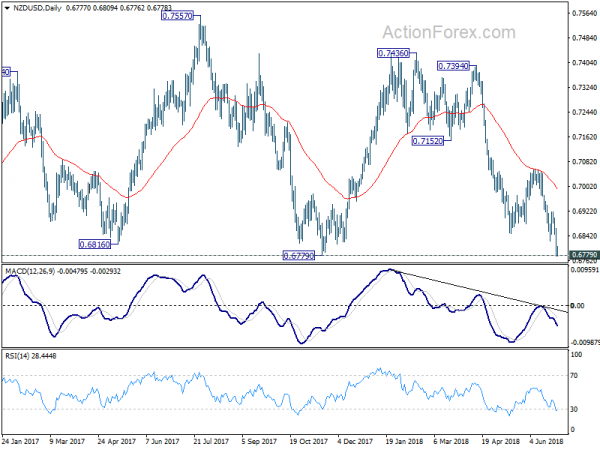
Full statement below.
Statement by Reserve Bank Governor Adrian Orr:
Tena koutou katoa, welcome all.
The Official Cash Rate (OCR) will remain at 1.75 percent for now. However, we are well positioned to manage change in either direction – up or down – as necessary.
Our outlook for the New Zealand economy, as detailed in the May Monetary Policy Statement, remains intact. Employment is around its sustainable level and consumer price inflation remains below the 2 percent mid-point of our target, necessitating continued supportive monetary policy for some time to come.
Global economic growth is expected to support demand for our products and services. Global inflationary pressure is also expected to be higher but remain modest. This outlook has been tempered slightly by trade tensions in some major economies. Ongoing volatility in some emerging market economies continues.
Domestically, ongoing spending and investment, by both households and government, is expected to support growth. However, the recent weaker GDP outturn implies marginally more spare capacity in the economy than we anticipated. The Government’s projected spending impulse is also slightly lower and later than anticipated.
CPI inflation is likely to increase in the near term due to higher fuel prices. Beyond that, inflation is expected to gradually rise to our 2 percent annual target, resulting from capacity pressures.
The best contribution we can make to maximising sustainable employment, and maintaining low and stable inflation, is to ensure the OCR is at an expansionary level for a considerable period.
Meitaki, thanks.





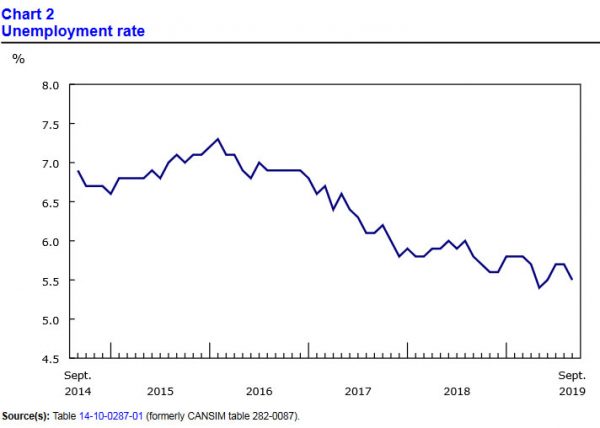
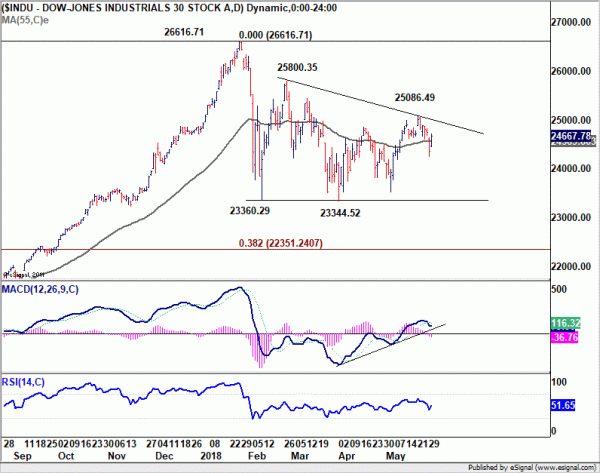
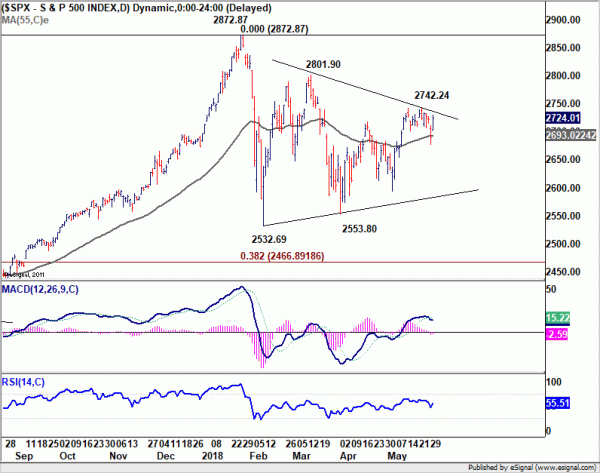
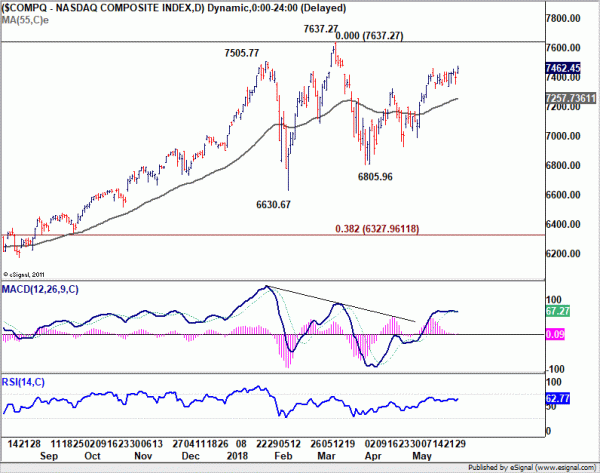
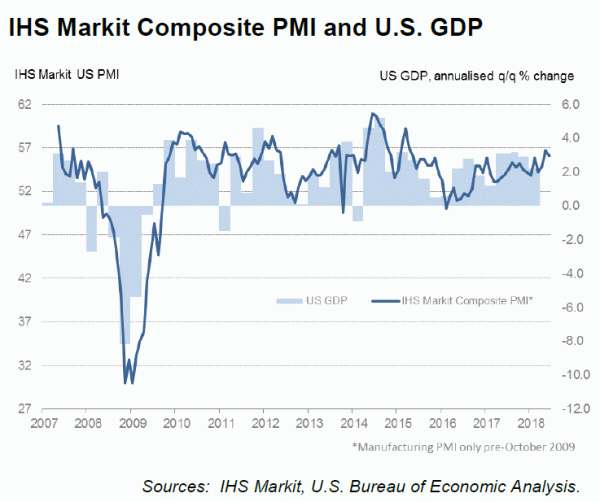
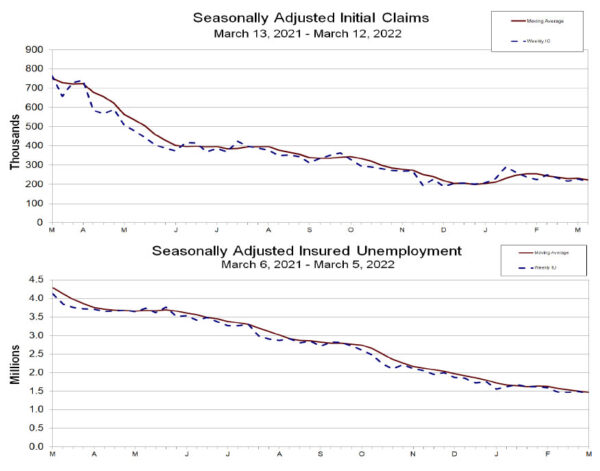
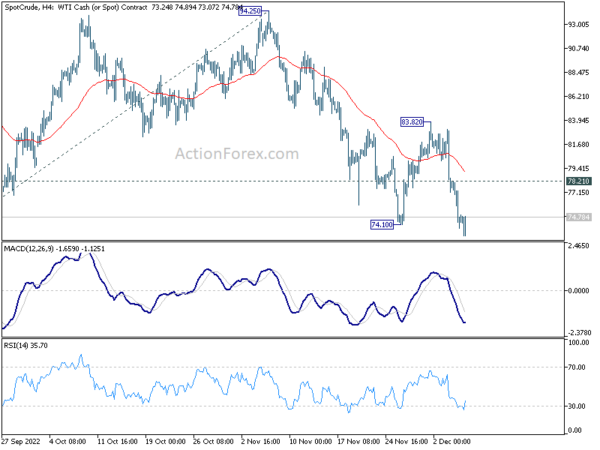
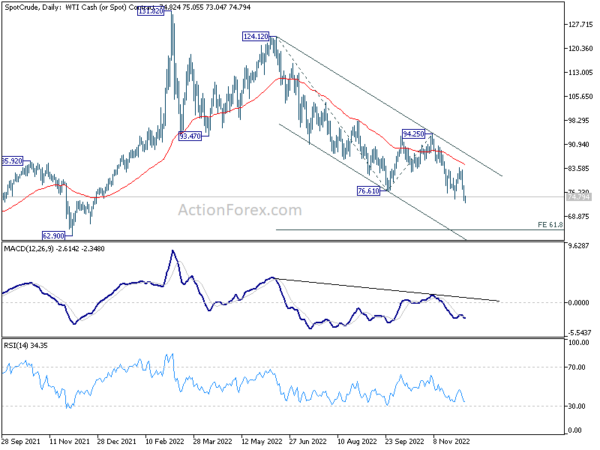

RBNZ ketp OCR unchanged at 1.75%, can move up or down after considerable period
RBNZ kept the Official Cash Rate unchanged at 1.75% at widely expected.It reiterated to “ensure the OCR is at an expansionary level for a considerable period.” Bias is neutral as it’s “well positioned to manage change in either direction – up or down – as necessary.”
NZD/USD stays pressured after the release, partly also due to Dollar strength. NZD/USD is preassure 0.6779 key support level and there is no sign of bottoming so far.
Full statement below.
Statement by Reserve Bank Governor Adrian Orr:
Tena koutou katoa, welcome all.
The Official Cash Rate (OCR) will remain at 1.75 percent for now. However, we are well positioned to manage change in either direction – up or down – as necessary.
Our outlook for the New Zealand economy, as detailed in the May Monetary Policy Statement, remains intact. Employment is around its sustainable level and consumer price inflation remains below the 2 percent mid-point of our target, necessitating continued supportive monetary policy for some time to come.
Global economic growth is expected to support demand for our products and services. Global inflationary pressure is also expected to be higher but remain modest. This outlook has been tempered slightly by trade tensions in some major economies. Ongoing volatility in some emerging market economies continues.
Domestically, ongoing spending and investment, by both households and government, is expected to support growth. However, the recent weaker GDP outturn implies marginally more spare capacity in the economy than we anticipated. The Government’s projected spending impulse is also slightly lower and later than anticipated.
CPI inflation is likely to increase in the near term due to higher fuel prices. Beyond that, inflation is expected to gradually rise to our 2 percent annual target, resulting from capacity pressures.
The best contribution we can make to maximising sustainable employment, and maintaining low and stable inflation, is to ensure the OCR is at an expansionary level for a considerable period.
Meitaki, thanks.